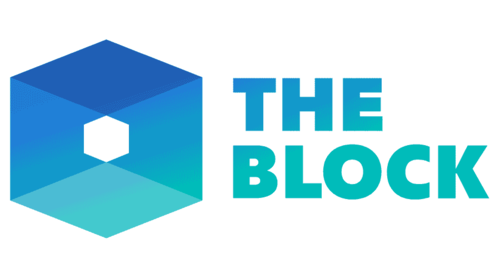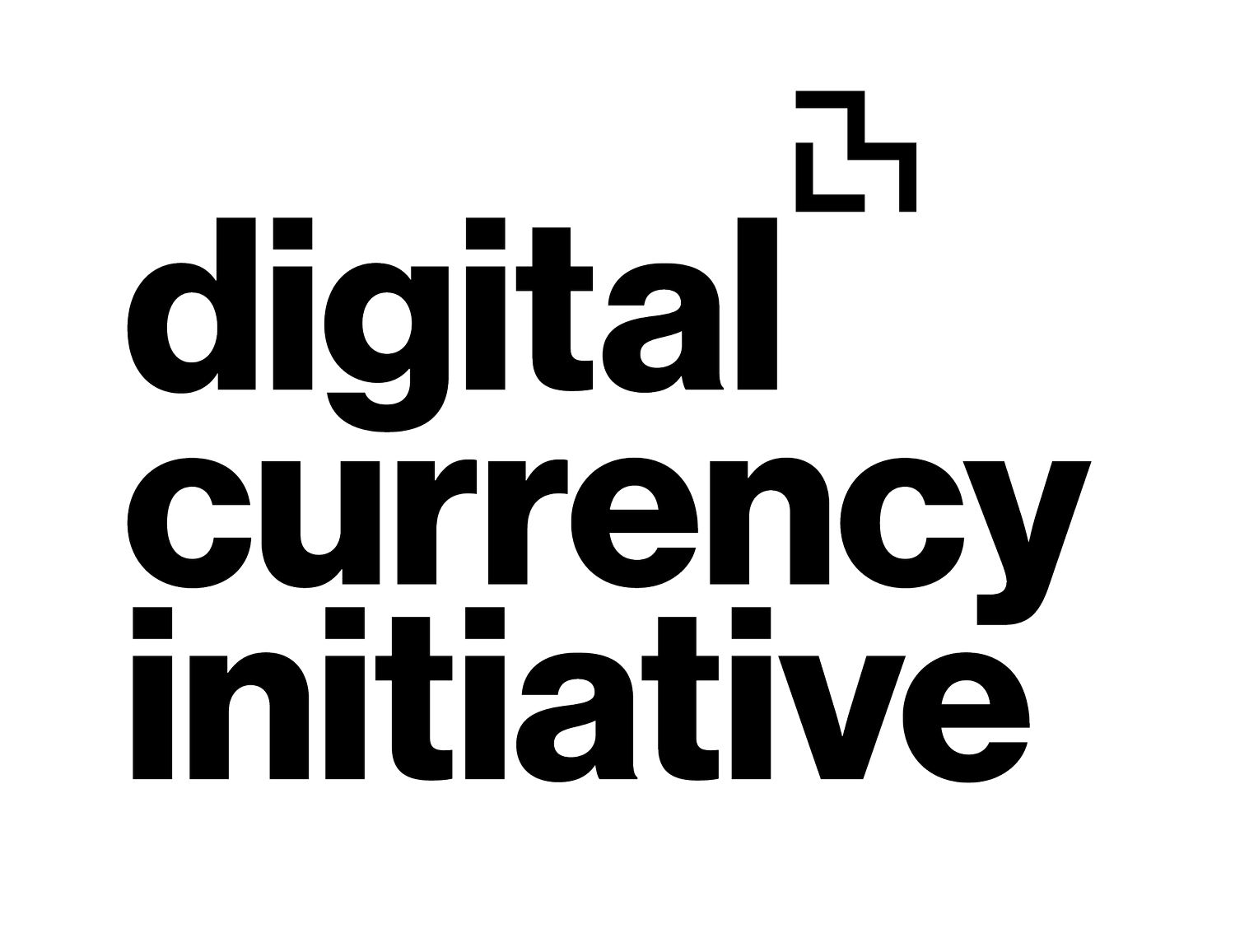
Ledger Insights: “MIT’s Project Hamilton for CBDC open sources smart contract research”
“This week MIT’s Digital Currency Initiative (MIT DCI) released the source code of research into smart contracts for central bank digital currency (CBDC) – PArSEC (Parallelized Architecture for Scalably Executing smart Contracts). Given the solution is designed for central banks, it is a centralized offering and sidesteps using blockchain, although it supports Ethereum smart contracts. “

Project Hamilton at NSDI '23
James Lovejoy, of the Federal Reserve Bank of Boston, presented "Hamilton: A High-Performance Transaction Processor for Central Bank Digital Currencies" at NSDI '23. This paper was co-authored by Madars Virza, Cory Fields, and Neha Narula of the DCI and James Lovejoy, Kevin Karwaski, and Anders Brownworth of the FRBB, and it proposes the Hamilton transaction processor, one of the primary results of this collaboration.
The featured image on this post is by Thomas Hawk, and used under a Creative Commons license.

CoinDesk’s Money Reimagined: "Back to Basics After ‘Token Casinos’ Wreaked Havoc, With Neha Narula"
On this episode of “Money Reimagined,” Michael Casey, solo in Davos, Switzerland, on the sidelines of the World Economic Forum, speaks with Neha Narula, the director of the MIT Digital Currency Initiative to discuss the trends of both digitalization and innovation pertaining to stablecoins, digital currencies and the future of public money,

MIT DCI Releases Project Hamilton, OpenCBDC Papers and Open Source Code Base
Read the technical paper, A High Performance Payment Processing System Designed for Central Bank Digital Currencies, and executive summary here.

MIT News: "MIT experts test technical research for a hypothetical central bank digital currency"
Collaboration with Federal Reserve Bank of Boston yields progress in understanding how a digital currency might be developed in the future.
CAMBRIDGE, Mass. -- In collaboration with a team at the Federal Reserve Bank of Boston, MIT experts have begun designing and testing technical research through which further examination of a Central Bank Digital Currency (CBDC) can be performed in the U.S.
The effort, known as Project Hamilton, is in an exploratory phase, and the research is not intended as a pilot or for public deployment. Instead, the researchers have explored two different approaches that could be used to process transactions, and thus could indicate the technical feasibility of a potential CBDC model. In a process involving significant design flexibility, the MIT group tested factors such as the volume and speed of transactions, and the resilience of the systems in general, among other requirements for a viable digital currency.

"Brainard Says Fed Is Conducting E-Money Tests for Research" covered by Craig Torres of Bloomberg
The Federal Reserve is conducting experiments with a hypothetical digital dollar for research purposes, though it hasn’t yet committed to issuance that would require a formal policy process involving the government and other stakeholders, Governor Lael Brainard said Thursday.
In addition to the Fed’s own internal work, research teams from the Boston Fed and Massachusetts Institute of Technology are engaged in a “multi-year effort to build and test a hypothetical digital currency oriented to central bank uses,” she said…

The Boston Herald interviews Jim Cunha for "Boston Fed Bank explores cryptocurrency with MIT"
The Boston Fed is toying with a digital dollar.
The Hub’s Federal Reserve Bank is teaming up with the Massachusetts Institute of Technology to study the blockchain technology that enables cryptocurrency to be traded. And, based on the latest figures, the currency is red hot.

"The Federal Reserve Is Experimenting With a Digital Dollar" reports Nikhelish De of Coindesk
The U.S. Federal Reserve is actively investigating distributed ledger technologies and how they might be used for digitizing the dollar.
Federal Reserve Board Governor Lael Brainard said the U.S. central bank has been testing DLT over the past several years to study what a digital currency might do to the existing payments ecosystem, monetary policy, financial stability and the banking sector.
“With these important issues in mind, the Federal Reserve is active in conducting research and experimentation related to distributed ledger technologies and the potential use cases for digital currencies,” Brainard said Thursday at the Federal Reserve Bank of San Francisco’s Innovation Office Hours…

"Boston’s Federal Reserve Bank and MIT to Tackle Digital Currency Research" by Cointelegraph
The Federal Reserve Bank of Boston has entered into a partnership with the Massachusetts Institute of Technology to better understand the concept of digital currencies.
The bank will work with MIT researchers on a multiyear project to develop and test the use cases of a “hypothetical” central bank digital currency (CBDC), said Fed Governor Lael Brainard during her speech at the Federal Reserve Bank of San Francisco.

"Boston Fed, MIT partner on central bank digital currency research project" by Mike McSweeney for The Block
The Federal Reserve Bank of Boston and the Massachusetts Institute of Technology are partnering on a research effort focused on central bank digital currencies (CBDC).
Federal Reserve governor Lael Brainard spoke about the initiative during an appearance Thursday. In her remarks, Brainard touched on a variety of points around the subject of CBDC and then highlighted the work between the Boston Fed and MIT. Notably, Brainard said that any code developed as part of the initiative would be made public "for anyone to use for experimentation."
MIT DCI Collaborating With the Federal Reserve Bank of Boston to Build a Hypothetical Digital Currency
DCI will be collaborating with the Federal Reserve Bank of Boston to build a hypothetical digital currency. We are hiring a software engineer and there will also be opportunities for MIT UROPs and graduate researchers.
